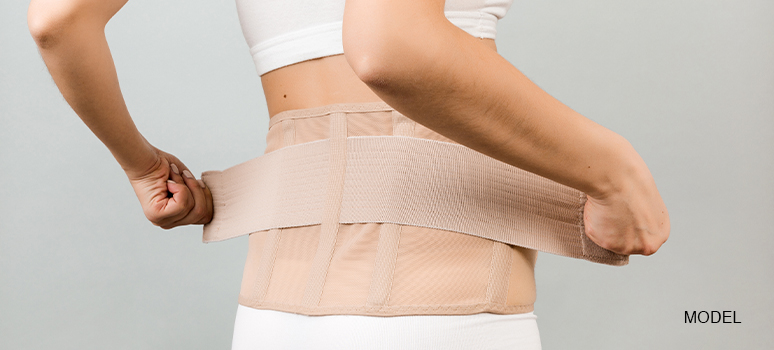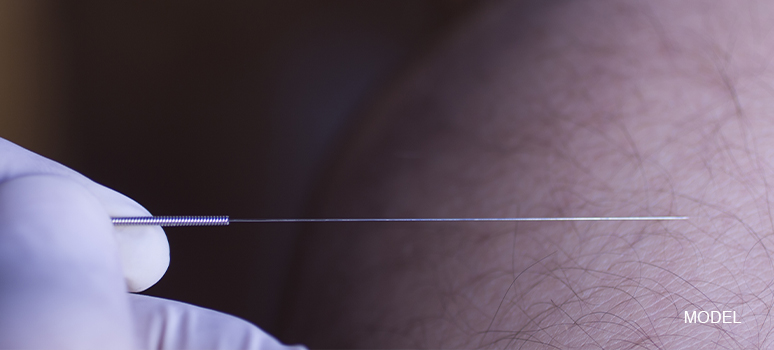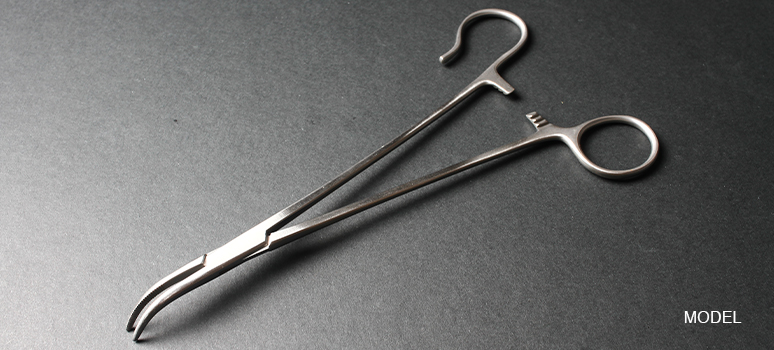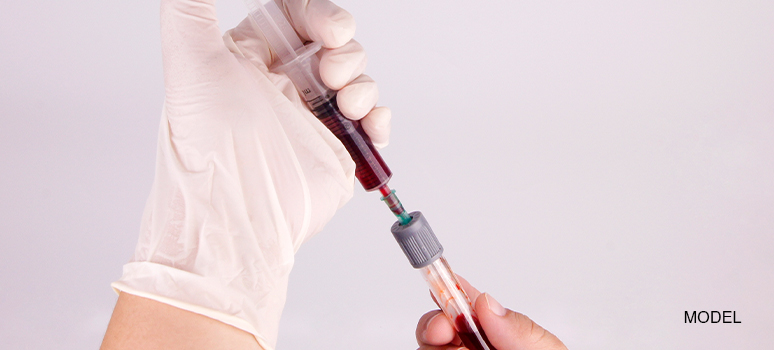Introduction
Recovering from surgery is a journey, and while the procedure itself addresses the primary health concern, the post-operative phase plays a crucial role in achieving optimal results. One often-overlooked yet incredibly vital aspect of this recovery is the use of post-surgical compression garments. Are you unsure about the benefits of compression after surgery? Do you find yourself overwhelmed by the sheer variety of compression garments available? This comprehensive guide will delve into everything you need to know about post-surgical compression garments, from their purpose and benefits to choosing the right one for your specific needs, especially if you’re considering the best compression garment after lipo. We’ll also discuss the high-quality options available through trusted suppliers like Robbins Instruments.
What are Post-Surgical Compression Garments?
Post-surgical compression garments are specialized medical textiles designed to provide targeted pressure to specific areas of the body following a surgical procedure. Unlike regular shapewear, these garments are engineered with medical-grade materials and calibrated compression levels to aid in healing and recovery. They come in various forms, including wraps, sleeves, vests, and full-body suits, each designed to address different surgical sites and needs. Whether you’ve undergone liposuction, a tummy tuck, breast augmentation, or other procedures, your surgeon may recommend compression therapy as a crucial part of your recovery plan.
The Science Behind Compression: Why are They Important After Surgery?
The benefits of compression garments after surgery are numerous and well-documented. These garments play a pivotal role in the healing process by:
- Reducing Swelling and Edema: Surgery often disrupts lymphatic drainage, leading to fluid buildup and swelling. Compression garments apply gentle pressure, promoting lymphatic circulation and helping the body reabsorb fluids, thus minimizing post-operative edema.
- Supporting Incisions and Reducing Scarring: Compression helps to stabilize surgical incisions, reducing tension and promoting proper wound closure. This, in turn, can minimize the formation of prominent scars.
- Minimizing Bruising: By applying pressure to the surgical area, compression garments can help to reduce bleeding and bruising.
- Improving Comfort and Reducing Pain: The gentle pressure provided by compression garments can offer support and reduce discomfort associated with movement after surgery.
- Enhancing Circulation: Compression therapy can improve blood flow to the surgical site, delivering essential nutrients and oxygen for healing.
- Promoting Skin Retraction and Shaping: After procedures like liposuction, compression garments help to mold the treated area, promoting even skin retraction and contouring. This is particularly important when considering the best compression garment after lipo, as it directly impacts the final aesthetic outcome.
Choosing the Right Post-Surgical Compression Garments: A Guide for Every Patient
Selecting the right compression garment is crucial for maximizing its benefits. Factors to consider include:
- Type of Surgery: Different procedures require different types of compression garments. Your surgeon will recommend the most appropriate style based on the surgical site.
- Compression Level: Compression levels are measured in millimeters of mercury (mmHg). Your surgeon will prescribe the appropriate compression level for your specific needs. Too much compression can be harmful, while too little may not provide adequate support.
- Size and Fit: Proper fit is essential for comfort and effectiveness. A garment that is too tight can restrict circulation, while one that is too loose will not provide adequate compression. Robbins Instruments offers a wide range of sizes and styles to ensure a perfect fit.
- Material: Look for breathable, comfortable, and hypoallergenic materials. Many compression garments are made from specialized fabrics that wick away moisture and prevent bacterial growth.
- Ease of Use: Consider the ease of putting on and taking off the garment, especially if you have limited mobility after surgery. Features like adjustable closures and zippers can be helpful.
Post-Surgical Compression Garments Recommendations by Procedure
- Liposuction: For liposuction, post-surgical compression garments are essential for shaping the treated area and minimizing swelling. The best compression garment after lipo will typically be a form-fitting garment that covers the treated areas, such as compression shorts, leggings, or a body suit. Robbins Instruments offers a wide variety of post-lipo compression garments designed for optimal comfort and results.
- Tummy Tuck (Abdominoplasty): After a tummy tuck, compression garments help to support the abdominal muscles and minimize swelling. A compression binder or girdle is often recommended.
- Breast Augmentation or Reduction: Specialized compression bras are used after breast procedures to provide support, reduce swelling, and help shape the breasts.
- Facial Procedures: Following facial surgery, compression bandages or masks may be used to minimize swelling and support healing.
How to Care for Your Compression Garment
Proper care of your compression garment is essential for maintaining its effectiveness and prolonging its lifespan. Follow these guidelines:
- Hand Wash or Machine Wash on Delicate Cycle: Use cold water and a mild detergent when washing your delicate garments to preserve their quality and prevent shrinking or damage. Harsher detergents and hot water can break down the fibers and elasticity of the fabric, so gentle care is essential for long-lasting wear. Always check the care label for specific instructions.
- Avoid Bleach and Fabric Softeners: These harsh chemicals can damage the fabric and reduce its elasticity, leading to premature wear and tear. Avoid using bleach, fabric softeners, or harsh stain removers, as these can also compromise the integrity of the material and affect its performance over time. Gentle care is key to maintaining the garment’s shape and effectiveness.
- Air Dry: Do not put your compression garment in the dryer, as the high heat can shrink or damage the delicate fibers and elastic components, compromising its fit and effectiveness. Instead, gently roll it in a towel to remove excess moisture and then lay it flat to air dry, away from direct sunlight or heat sources. This will help preserve its shape and extend its lifespan.
- Replace Garment as Needed: Over time, compression garments can lose their elasticity due to regular wear and washing, which can affect their ability to provide adequate support. Your surgeon may recommend replacing your garment periodically, typically every few months, to ensure optimal compression and promote effective healing. Consult with your healthcare provider for personalized advice on when to replace your garment.
Working with Robbins Instruments for Your Compression Needs
Robbins Instruments is a trusted provider of high-quality medical compression garments. They offer a wide range of products to meet the needs of various patients and surgical procedures. Their commitment to quality and innovation makes them a valuable partner in your recovery journey. When discussing your post-surgical care with your surgeon, be sure to ask about the specific compression garment recommendations and how Robbins Instruments can help you find the perfect fit.
Tips for Comfortable Compression Garment Wear
- Wear the Garment as Prescribed: Follow your surgeon’s instructions regarding how long to wear the garment each day.
- Maintain Hygiene: Keep the garment clean and dry to prevent skin irritation.
- Monitor for Skin Irritation: If you experience any redness, itching, or other signs of skin irritation, contact your surgeon immediately.
- Layering: You can wear a thin, seamless layer of clothing underneath your compression garment for added comfort.
The Importance of Professional Guidance
This article provides general information about post-surgical compression garments. It is essential to consult with your surgeon for personalized recommendations based on your specific procedure and medical history. They will guide you on the type of garment, compression level, and duration of wear that is best suited for your individual needs. Don’t hesitate to ask your surgeon any questions you may have about compression therapy and how it can contribute to your recovery.
Conclusion
Post-surgical compression garments are more than just a piece of fabric; they are a vital tool in your recovery arsenal. By understanding their benefits, choosing the right garment, and following proper care instructions, you can maximize their effectiveness and achieve optimal healing and results. Remember, recovery is a marathon, not a sprint. With the right support, including the use of post-surgical compression garments, you can confidently navigate your post-operative journey and achieve the best possible outcome. Contact Robbins Instruments today to explore their range of high-quality compression garments and take the first step towards a smoother, more comfortable recovery.
Frequently Asked Questions (FAQs)
1. How long do I need to wear a compression garment after surgery?
The duration of compression garment use varies depending on the type of surgery and individual healing process. Your surgeon will provide specific instructions tailored to your needs. It can range from a few weeks to several months.
2. Can I wear my compression garment all the time?
While compression garments are often worn for extended periods, it’s crucial to follow your surgeon’s recommendations. They may advise you to remove the garment for short periods each day for hygiene and skin care.
3. Where can I buy post-surgical compression garments?
Post-surgical compression garments are available through medical supply stores, online retailers specializing in medical apparel, and directly from manufacturers like Robbins Instruments. It is best to purchase these garments from reputable sources to ensure quality and proper fit.
4. Will my insurance cover the cost of a post-surgical compression garment?
Some insurance plans may cover the cost of post-surgical compression garments, especially if they are deemed medically necessary. Check with your insurance provider to determine your coverage.
5. How do I know if my compression garment is fitting correctly?
A properly fitting compression garment should feel snug but not constricting. You should be able to breathe comfortably and move without restriction. If you experience any numbness, tingling, or pain, the garment may be too tight, and you should consult with your surgeon.






